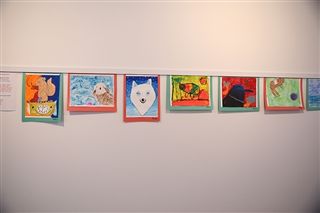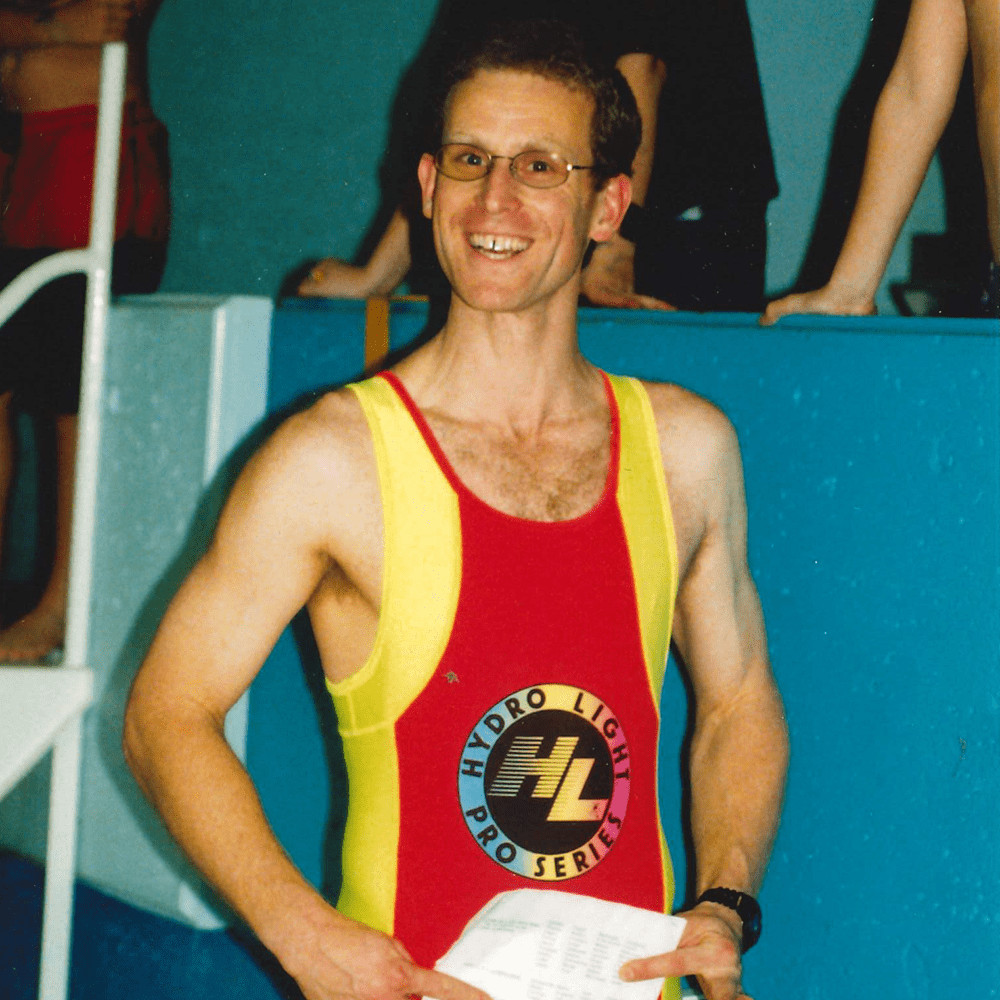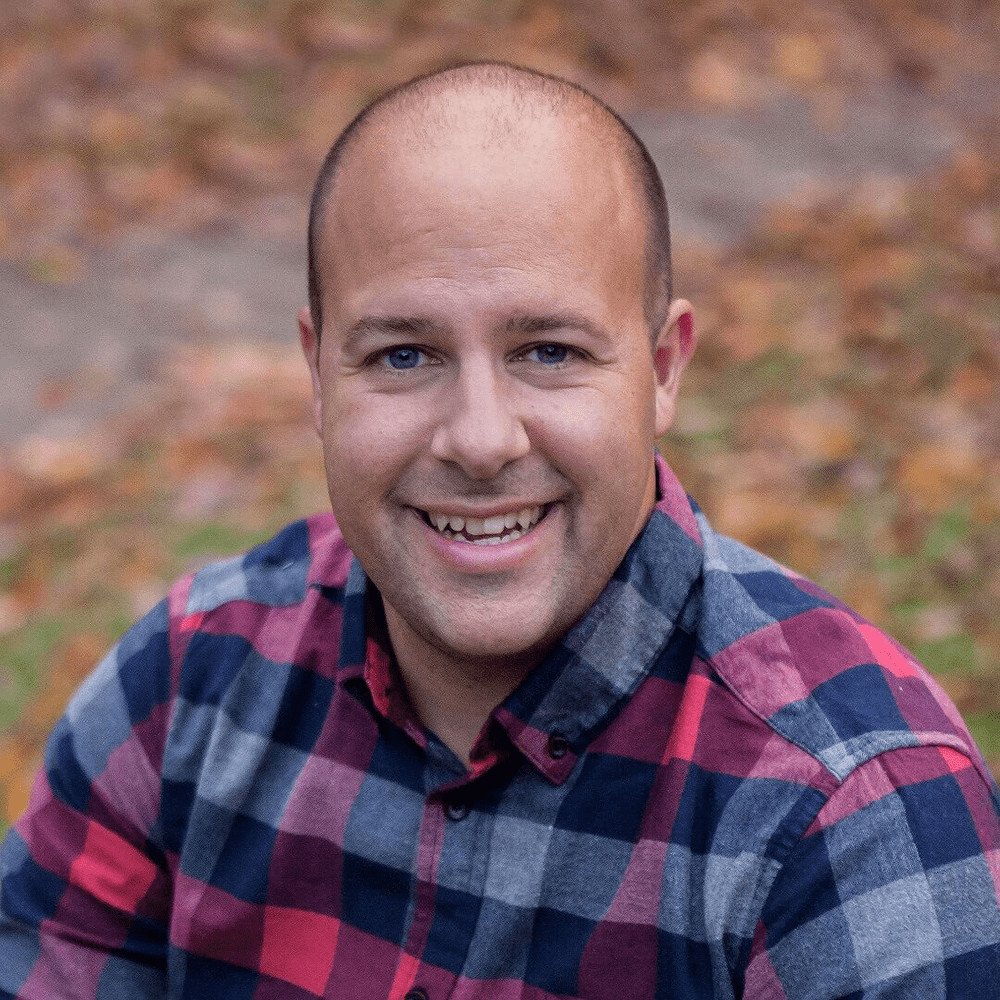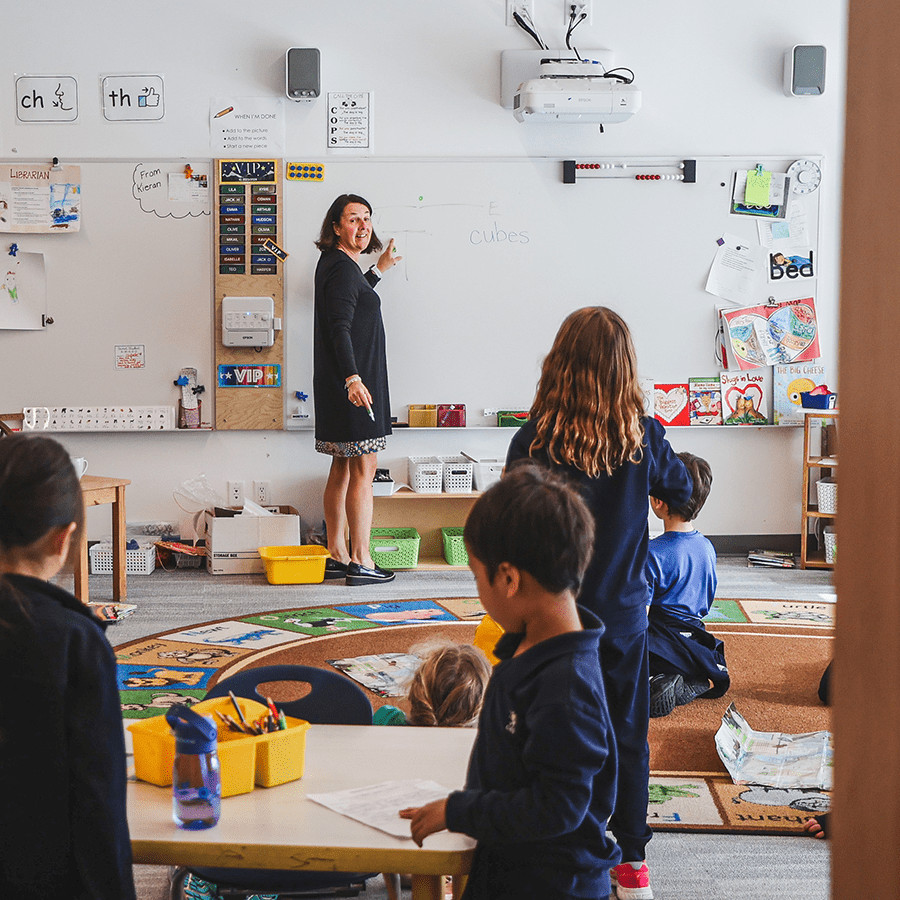The halls of the Junior School are filled with magical pieces of art that the students have created. Art Teacher Ms. Nancy Fletcher uses the students’ creativity to link a lot of their work to their IB PYP Units of Inquiry.
“We have been connecting with a lot of the Units of Inquiry, for instance right now in the Art Gallery are the Grade 4 pieces on an exploration of art styles,” explained Ms. Fletcher.
The Programme of Inquiry they were working on was “Where we are in place and time,” which examines the central idea that “exploration leads to discoveries, opportunities and new understandings.”
“Through an art lens, we looked at different modern art styles and they had to choose between impressionism, cubism, surrealism, or pop art styles,” explained Ms. Fletcher. “The students had to research the characteristics of each style. Previously they spoke to Indigenous Educator
Mr. James Taylor about spirit animals, so they identified with one animal and created an animal portrait in whatever style they chose to explore.”
Recently, Grade 5 classes finished their inquiry into “Where we are in place and time” where they investigated the central idea that “migration is a response to human circumstance and challenges.” In art, they studied American artist Jacob Lawrence, who did a series of paintings called “The Migration Series,” which documented the migration of African-Americans from the southern United States to the northern US in the 1900s.
“We looked at his style of work, and students made their paintings of either their family’s migration story—sort of a snapshot in time of what their migration story was for their family—or they could choose a migration experience they have been learning about in their homeform,” described Ms. Fletcher.
As the Grade 1s looked into “How the world works,” the students explored the central idea that “light and sound can change the way we experience our world.” In art class, they learned about impressionism and how artists using this technique would place dots of colour beside each other. The colours would mix when the art was viewed from a distance.
“We talked about the science behind it and how they are mixing colours,” said Ms. Fletcher. “For instance, you have blue beside yellow and as you back up it’s mixed to create green.”
As a theme, students created paintings of lighthouses and made them by using dots. To link with sound and light, students learned about lighthouses, their function, and their sound. Soon, they will be creating shadow boxes to learn more about the lights and shadows.
In Kindergarten, students have been learning about force, so Ms. Fletcher was able to tie that into the work of Eric Carle, an illustrator of children’s books. His illustrations are all done with textured paper and collages.
“We had different stations where the Kindergarteners could use forces such as pushing and pulling in different areas. Like driving a toy car through paint, marbling with texture using a salad spinner. They spent a whole class texturing paper using different forces. In the next class, we created illustrations like Eric Carle did using paper and making collages of animals,” said Ms. Fletcher.
Grade 2s have been inquiring into “Sharing the Planet,” where they look at the idea that “water is vital to life but is a limited resource.” Students have been researching different land and water birds with Teacher-Librarian Mrs. Sarah McLeod, so in art class, they have been using watercolour techniques to paint illustrations of their birds.
As part of their inquiry into the central idea that “Cultural knowledge shapes a society and its future” Grade 3s looked at multicultural art. James Taylor spoke to the students about weaving, which inspired them to create watercolour weaving. The students also had a chance to explore Mexican tin art and embossing.
“Art is pretty easy to connect in some way to what the students are studying in their units,” said Ms. Fletcher. “Sometimes it might not be a direct connection, but there is always some connection you can make.”
We can’t wait to see all of the wonderful art the students create for the rest of the year!





